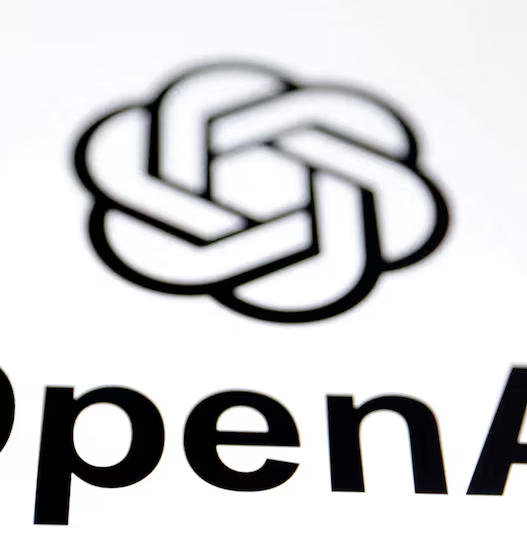The Biden administration has unveiled sweeping export controls on AI chips, marking one of its most significant policy moves in global artificial intelligence. Announced just days before the administration’s term concludes, these measures aim to divide global AI capabilities, placing stringent restrictions on China.
“Artificial intelligence is quickly becoming central to security and economic strength,” the White House emphasized, framing the export controls as a critical measure to ensure U.S. technology drives global AI while preventing adversarial misuse of advanced AI capabilities.
Reshaping Global AI Access
The policy establishes three tiers of access to advanced AI processors, significantly altering the international AI landscape. Eighteen key allies, including Japan, the United Kingdom, and the Netherlands, enjoy unrestricted access due to their “robust technology protection regimes” and alignment with U.S. security interests.
For other nations, restrictions include precise quotas, allowing chip orders of up to 1,700 advanced GPUs without licensing—primarily benefiting academic and research sectors. This tiered system creates a global hierarchy for AI development, reflecting the U.S.’s national security priorities.
Industry Fallout
The announcement sent shockwaves through the AI industry. Nvidia, a major supplier of AI accelerators, saw its stock dip 2%. Ned Finkle, Nvidia’s Vice President of Government Affairs, expressed concerns that these curbs could stifle innovation and global economic growth.
For Nvidia, which generates over half its revenue internationally, the stakes are high. Cloud providers and other AI-dependent companies must navigate new rules limiting U.S.-based firms to deploying no more than 50% of their AI computing power overseas. Furthermore, only 7% of that can operate in non-tier-one countries, including China.
Targeting China
The timing and focus of these controls highlight their primary aim: curbing China’s AI advancements. The policy explicitly cites “countries of concern” that could misuse U.S.-origin AI technologies to undermine national security.
China, which accounts for 17% of Nvidia’s sales, stands to face the brunt of these restrictions. The Chinese Commerce Ministry responded swiftly, vowing to “take necessary measures to protect its rights and interests.” This marks an escalation in the technological rivalry between the U.S. and China.
The controls specifically aim to hinder China’s development of advanced AI systems, particularly those that could contribute to weapons of mass destruction, offensive cyber operations, or human rights abuses.
Global Reactions
The U.S.’s European allies have expressed reservations about the far-reaching implications of the policy. EU officials emphasized the importance of maintaining access to advanced AI technology and plan to engage with the next administration to ensure a secure transatlantic AI supply chain.
Meanwhile, U.S. National Security Adviser Jake Sullivan described the controls as part of a broader strategy to prepare for rapid advancements in AI that could transform both the economy and national security.
A New Chapter for AI
Set to take effect in 120 days, these export controls mark a pivotal moment for global AI governance. Former national security official Meghan Harris highlighted that the long-term effectiveness of the policy depends on the incoming administration’s execution.
The decision not only intensifies U.S.-China tensions but also establishes new boundaries and alliances in the AI domain. Biden’s final policy move may be remembered as a turning point that reshaped the global AI landscape for years to come.





















